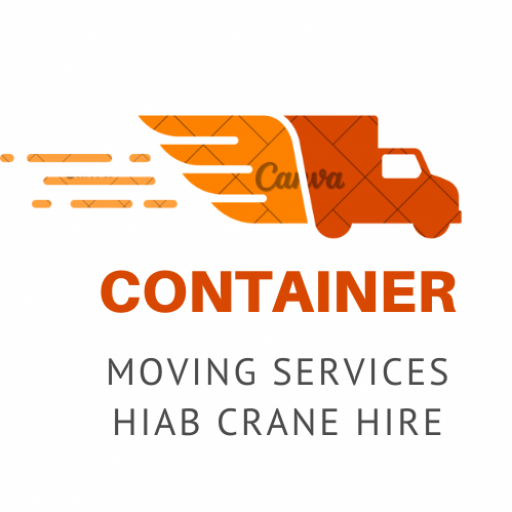Container moving transport haulage:
In today’s globalized world, the transportation of goods has become a cornerstone of modern commerce. One key aspect of this logistics puzzle is container moving transport, a critical link in the supply chain. Whether you are a business owner looking to ship your products or an individual moving abroad, understanding container moving transport is essential. Here’s what you need to know:
1. Container Types: Containers come in various sizes and types, with the most common being 20-foot and 40-foot containers. High cube containers offer extra height, while open-top containers allow for easy loading of oversized cargo. Refrigerated containers, known as reefers, maintain temperature-controlled environments for perishable goods.
2. Modes of Transport: Containers can be moved via different modes of transportation, including ships, trucks, trains, and even barges. The choice of mode depends on factors such as distance, urgency, and the type of cargo being transported.
3. Shipping Routes: Understanding shipping routes is crucial. Major ports around the world serve as hubs for container movement, and the choice of route can affect transit times and costs. Familiarize yourself with the shipping lanes relevant to your cargo.
4. Freight Rates: Container moving transport costs vary based on factors like container size, shipping distance, cargo weight, and demand. Get quotes from multiple shipping companies to ensure you get the best rates.
5. Documentation: Moving containers internationally involves a slew of documentation, including bills of lading, customs forms, and certificates of origin. Properly completed paperwork is essential to avoid delays and legal issues.
6. Customs Regulations: Different countries have varying customs regulations and import/export requirements. Make sure to research and comply with the specific rules of the countries involved in your shipment.
7. Tracking and Monitoring: Many shipping companies offer online tracking services, allowing you to monitor your container’s location and status in real-time. This can help you stay informed and plan accordingly.
8. Security: Cargo security is a significant concern in container moving transport. Consider using seals and locks to secure your container, and be aware of security protocols at ports and terminals.
9. Insurance: Consider purchasing cargo insurance to protect your goods against loss or damage during transit. While shipping companies provide some coverage, it may not fully protect the value of your cargo.
10. Environmental Considerations: Container moving transport has environmental impacts. Some shipping companies are adopting more eco-friendly practices, such as slow steaming and fuel-efficient vessels. Be conscious of the environmental footprint of your transportation choices.
11. Delays and Contingencies: Be prepared for potential delays due to weather, port congestion, or other unforeseen circumstances. Have contingency plans in place to mitigate any disruptions to your supply chain.
12. Seek Professional Guidance: If you are new to container moving transport, consider consulting with logistics experts or freight forwarders who can provide guidance and handle many of the logistical challenges on your behalf.
Container moving transport is a complex but vital part of today’s interconnected world. By understanding these key aspects, you can navigate the world of container shipping with confidence, ensuring the smooth movement of your goods from one point of the globe to another.
